The Tiny Powerhouse: What’s Inside a Mustard Seed?
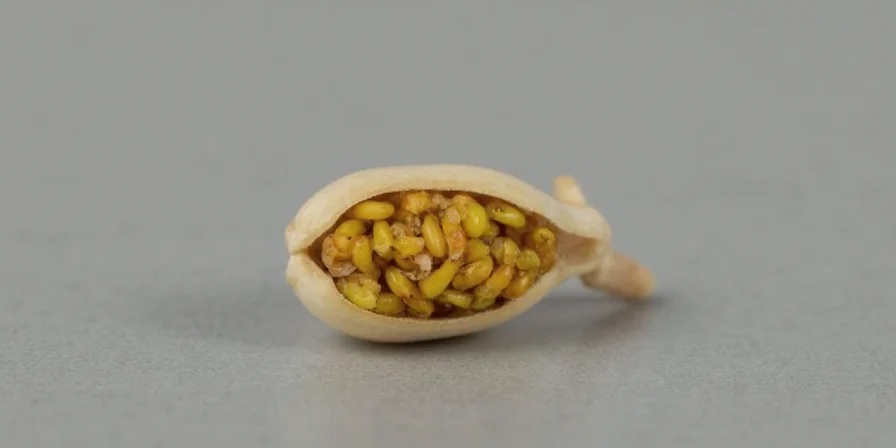
One of nature's most compact flavor bombs
Introduction: The Underestimated Spice Grain
You might think a mustard seed is just a little brown or yellow dot that ends up in your grinder or mortar. But looks can be deceiving. Beneath that hard outer shell lies a complex blend of chemistry, biology, and flavor waiting to explode. Let’s crack it open—metaphorically, of course—and explore the hidden world of what’s inside a mustard seed.
Table of Contents
- A Seed’s Anatomy: Not Just Skin Deep
- The Chemistry of Heat: Meet the Players
- From Mild to Wild: Flavor Development
- Cooking Tips: How to Maximize Mustard Magic
- Myth-Busting: Fact vs Fiction About Mustard Seeds
- Beyond the Pantry: Unexpected Uses of Mustard Seeds
- Conclusion: Small Seed, Big Impact
A Seed’s Anatomy: Not Just Skin Deep
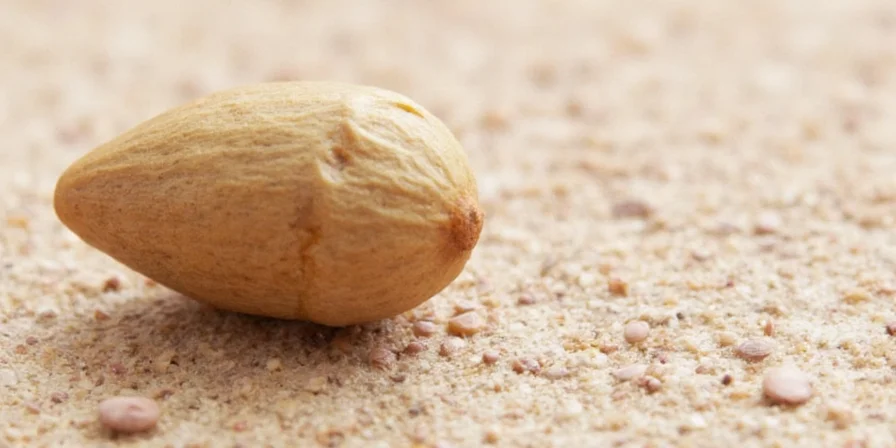
The internal blueprint of a mustard seed
A mustard seed may be one of the smallest spices we commonly use, but it’s incredibly well-engineered for its purpose. Let’s take a peek at its anatomy:
| Layer | Function | Chemical Composition |
|---|---|---|
| Testa (Seed Coat) | Protective shell | Fiber, lignin |
| Endosperm | Nutrient storage | Proteins, oils |
| Cotyledon | Embryonic leaf tissue | Glucosinolates, enzymes |
This layered structure isn’t just there to protect the seed until germination—it plays a major role in how we experience its flavor and heat when used in cooking.
The Chemistry of Heat: Meet the Players
How enzymes turn mustard seeds spicy
Mustard seeds don’t start out spicy. They’re more like a sleeping giant until activated by moisture and mechanical force (like grinding). Here’s what happens:
- Glucosinolates: These are the precursors to the spicy compounds found in mustard seeds. They're stored safely in the cotyledon until...
- Myrosinase Enzyme: This enzyme kicks into action when cells are damaged—think grinding, chewing, or soaking.
- Water: A few drops are all it takes to trigger the reaction.
When these three elements meet, glucosinolates are converted into isothiocyanates—the same family of compounds responsible for the pungency in wasabi and horseradish. In black mustard (Brassica nigra), this compound is allyl isothiocyanate, which gives it a particularly sharp, sinus-clearing bite.
From Mild to Wild: Flavor Development
Comparing the heat levels of different mustard seeds
Now that you know what causes the heat, let’s talk about how to control it. The spiciness of mustard doesn't peak immediately—it builds over time. Here’s how to play with the intensity:
- White/Yellow Mustard Seeds: Milder, often used in American-style mustards. The heat develops slowly and fades quickly.
- Brown Mustard Seeds: Found in Dijon mustard, they deliver a sharper kick and last longer.
- Black Mustard Seeds: The fiercest of them all. Used in Indian and Ethiopian cuisines, they pack a punch that lingers.
The timing and temperature during preparation make all the difference. For instance:
| Preparation Method | Flavor Profile | Best For |
|---|---|---|
| Whole seeds in hot oil | Nutty, aromatic | Tempering (tadka) in Indian dishes |
| Grinding dry | Mild and earthy | Dry rubs, spice blends |
| Soaking in cold water | Slow-building heat | Classic mustards, sauces |
| Soaking in vinegar/warm liquid | Immediate, intense burn | Sharp mustards, marinades |
Cooking Tips: How to Maximize Mustard Magic
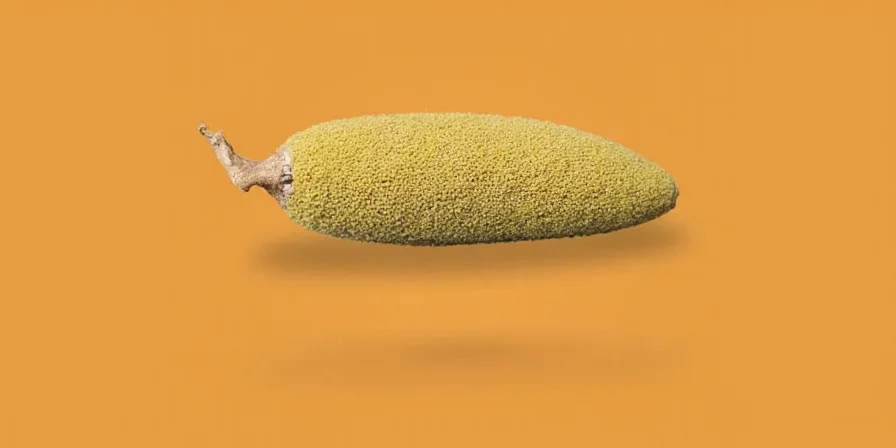
From tempering to grinding, master the mustard game
If you want to unlock the full potential of mustard seeds in your kitchen, here are some pro tips:
- Toast Before Using: Dry roast whole mustard seeds in a pan before adding to dishes for a deeper, nuttier aroma.
- Use Oil Wisely: When tempering (as in Indian tadka), mustard seeds pop beautifully in hot oil, releasing their essential oils.
- Control the Burn: For less heat, add an acidic ingredient like lemon juice or vinegar early. To crank it up, wait until the end.
- Store Smart: Whole mustard seeds keep well for up to a year if stored in a cool, dark place. Once ground, store in the fridge for freshness.
- Pair Strategically: Mustard pairs well with fatty foods (like pork), pickled items, and creamy cheeses. It also enhances vinaigrettes and dressings.
Myth-Busting: Fact vs Fiction About Mustard Seeds

Separating mustard myth from mustard fact
There’s a lot of confusion floating around about mustard seeds. Let’s clear things up:
| Myth | Fact |
|---|---|
| Mustard seeds contain capsaicin like chili peppers. | Nope! Their heat comes from isothiocyanates, which affect your nose more than your tongue. |
| All mustard seeds taste the same. | False! Black mustard has a hotter, longer-lasting bite compared to yellow or brown seeds. |
| Mustard seeds go bad quickly. | Not true. Whole seeds have a long shelf life—grinding them speeds up oxidation. |
| Mustard only works in sauces and condiments. | Wrong! Mustard seeds are flavor powerhouses in curries, pickles, breads, and even desserts! |
Beyond the Pantry: Unexpected Uses of Mustard Seeds
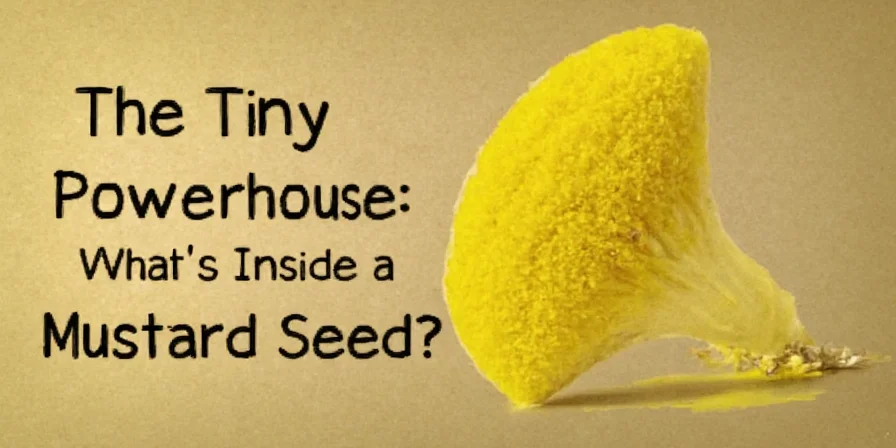
From skincare to science, mustard seeds surprise us again
While we love mustard seeds in food, they’ve got some surprising tricks up their sleeve:
- Skin Care: Ground mustard mixed with honey or yogurt can act as a mild exfoliant and detoxifier.
- Health Benefits: Mustard seeds are rich in selenium and magnesium, known for anti-inflammatory properties.
- Gardening Hack: Mustard powder deters pests like slugs and aphids naturally.
- Science Projects: Students often study mustard seeds for germination experiments—they sprout fast and are easy to observe.
Conclusion: Small Seed, Big Impact
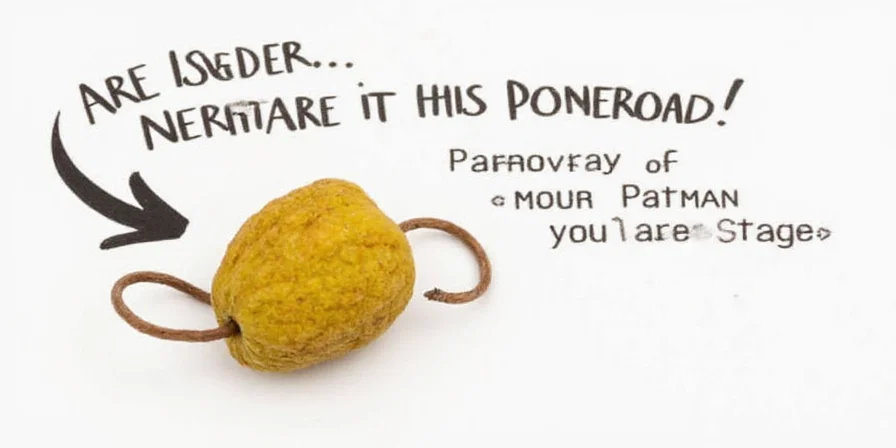
A tiny universe packed with flavor and function
So what’s inside a mustard seed? More than meets the eye. From microscopic chemical reactions to bold flavors and versatile applications, mustard seeds are far from ordinary. Whether you’re sprinkling them into a curry, grinding them into a sauce, or planting them in your garden, remember—you’re working with one of nature’s most powerful little packages.
Next time you reach for that jar of mustard seeds, pause for a second. That tiny grain isn’t just an ingredient—it’s a scientific marvel, a cultural icon, and a culinary powerhouse all rolled into one. And now you know exactly why.
Stay curious, stay spicy, and never underestimate the smallest member of your spice rack.

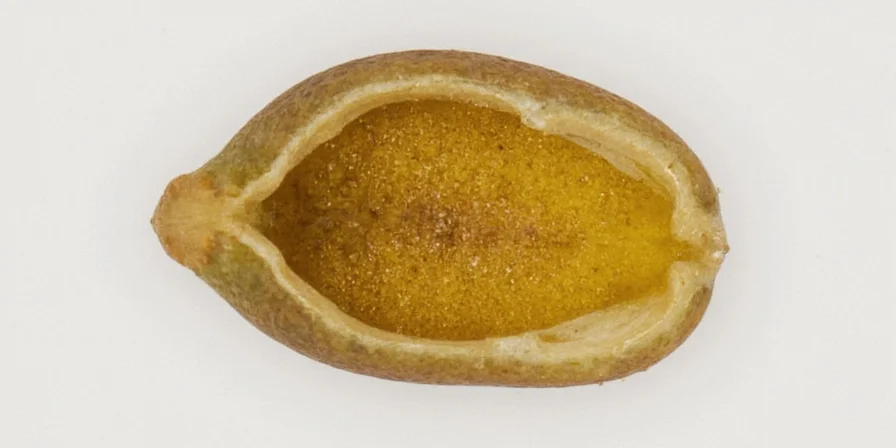









 浙公网安备
33010002000092号
浙公网安备
33010002000092号 浙B2-20120091-4
浙B2-20120091-4